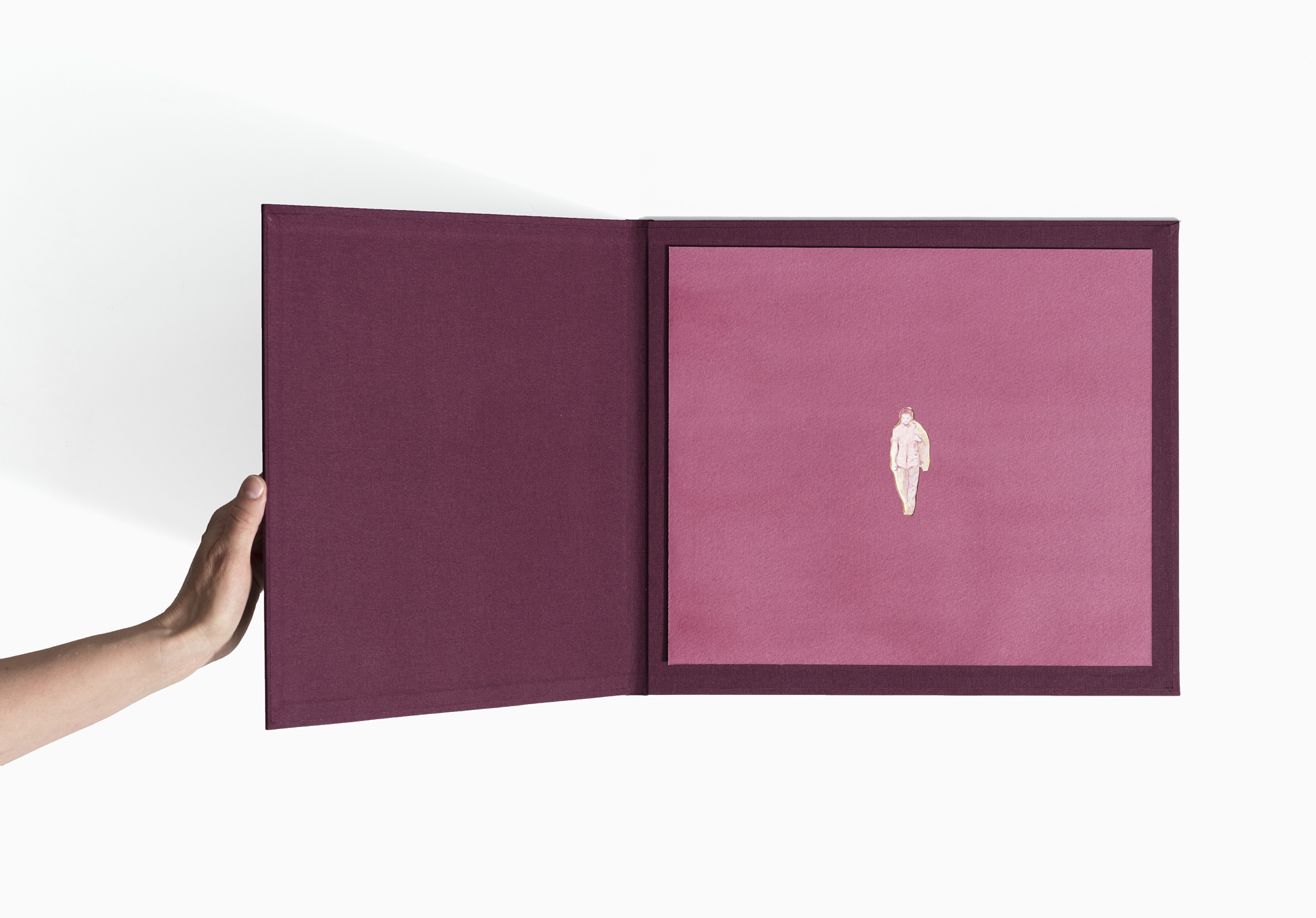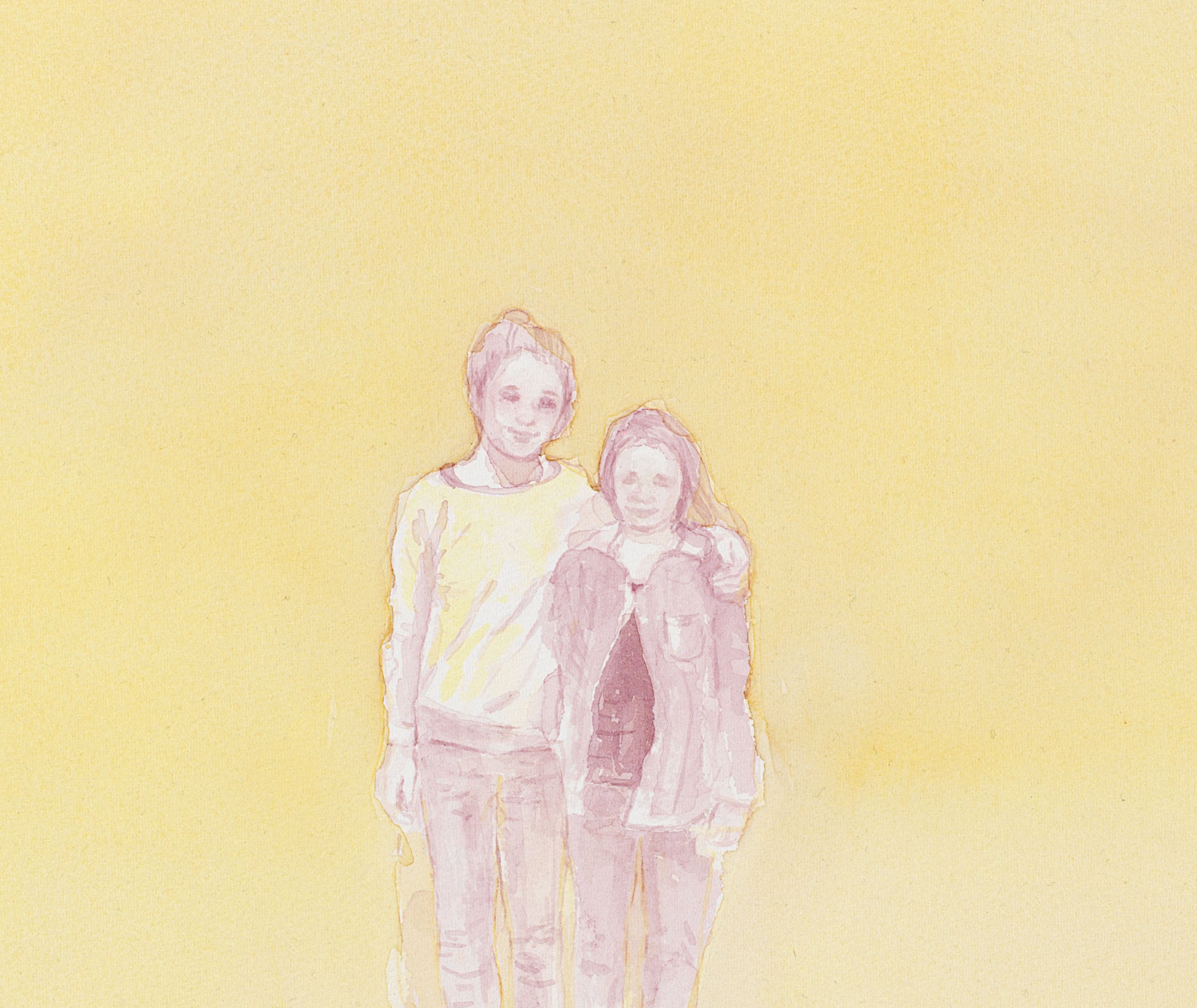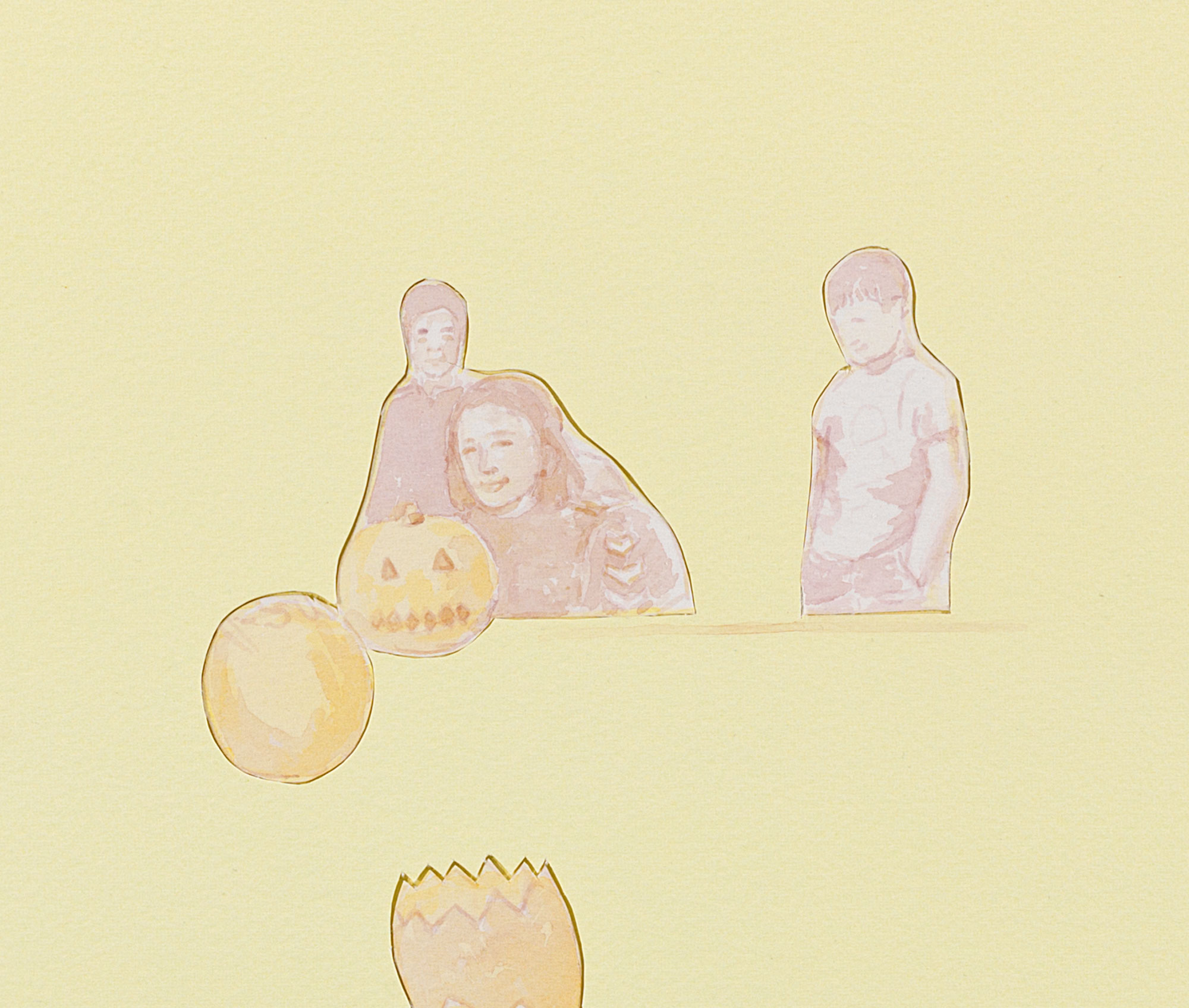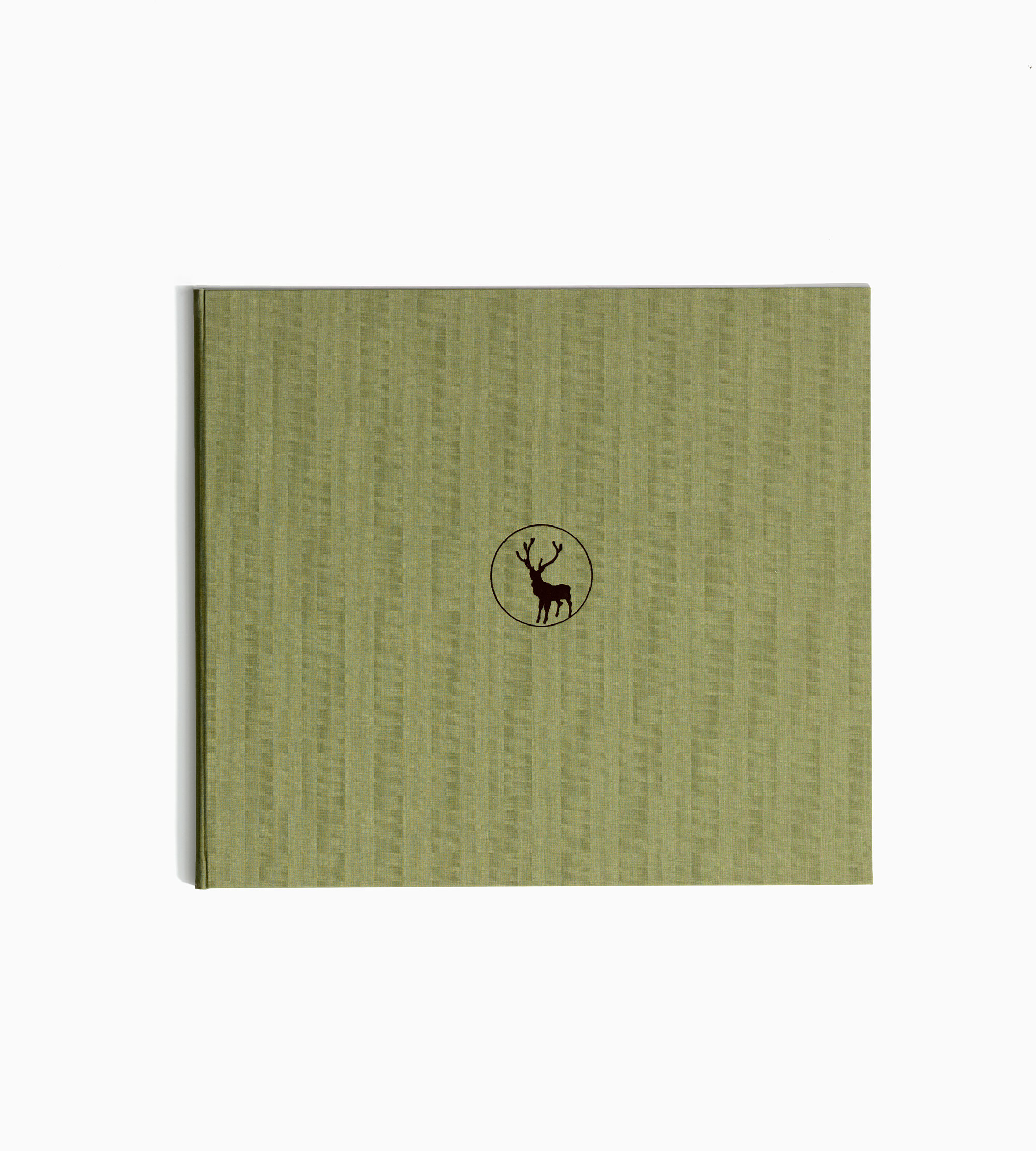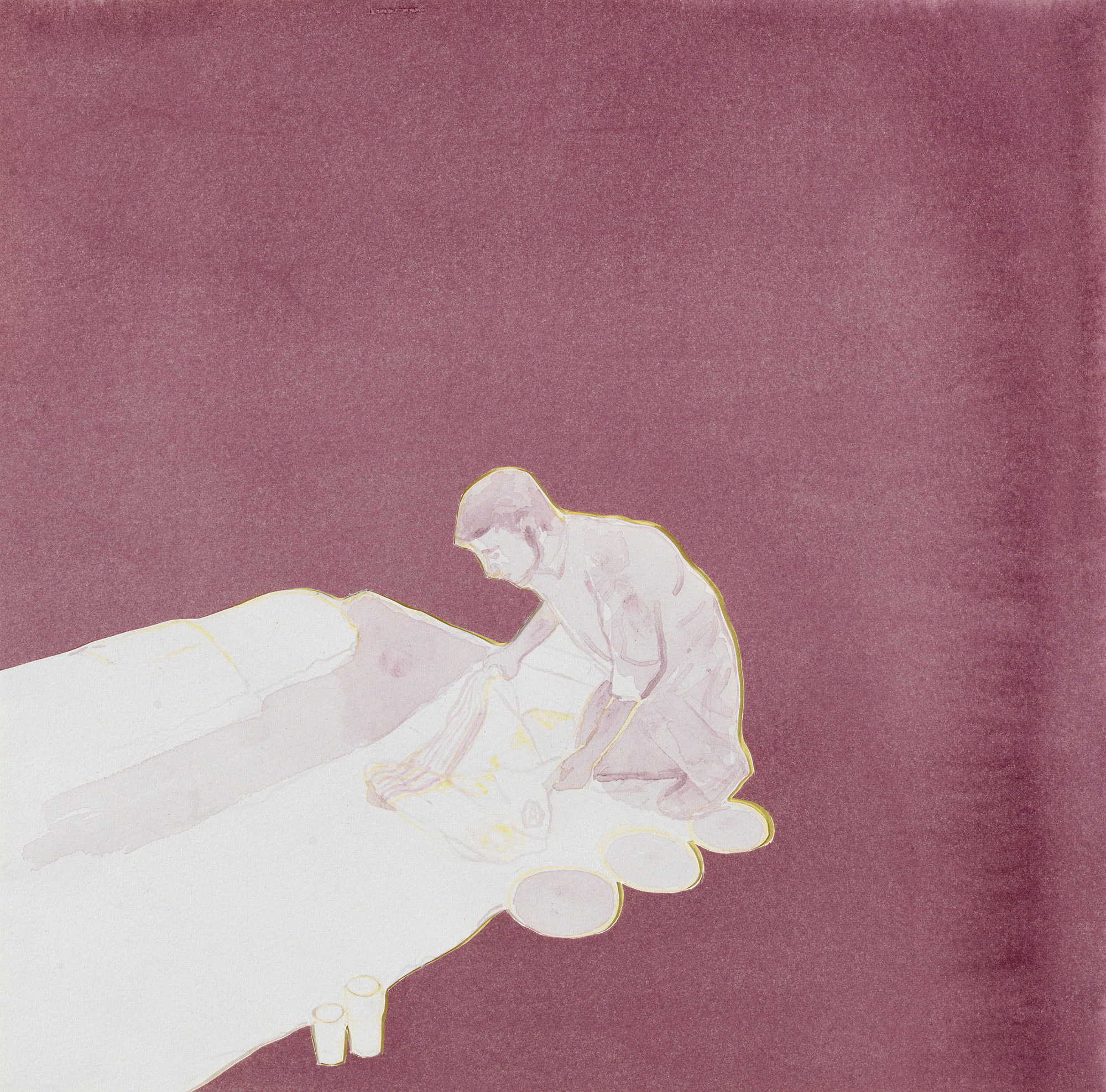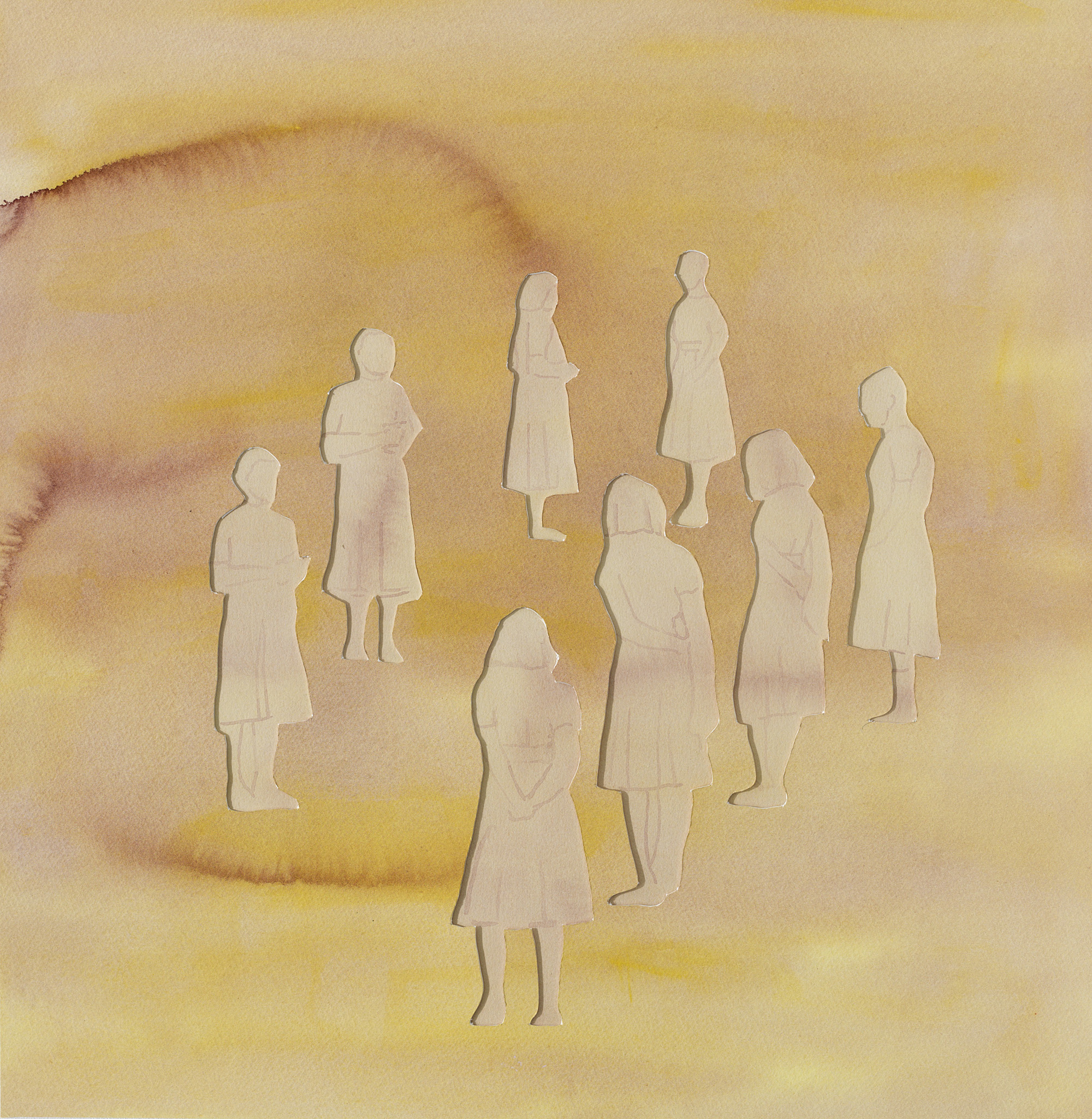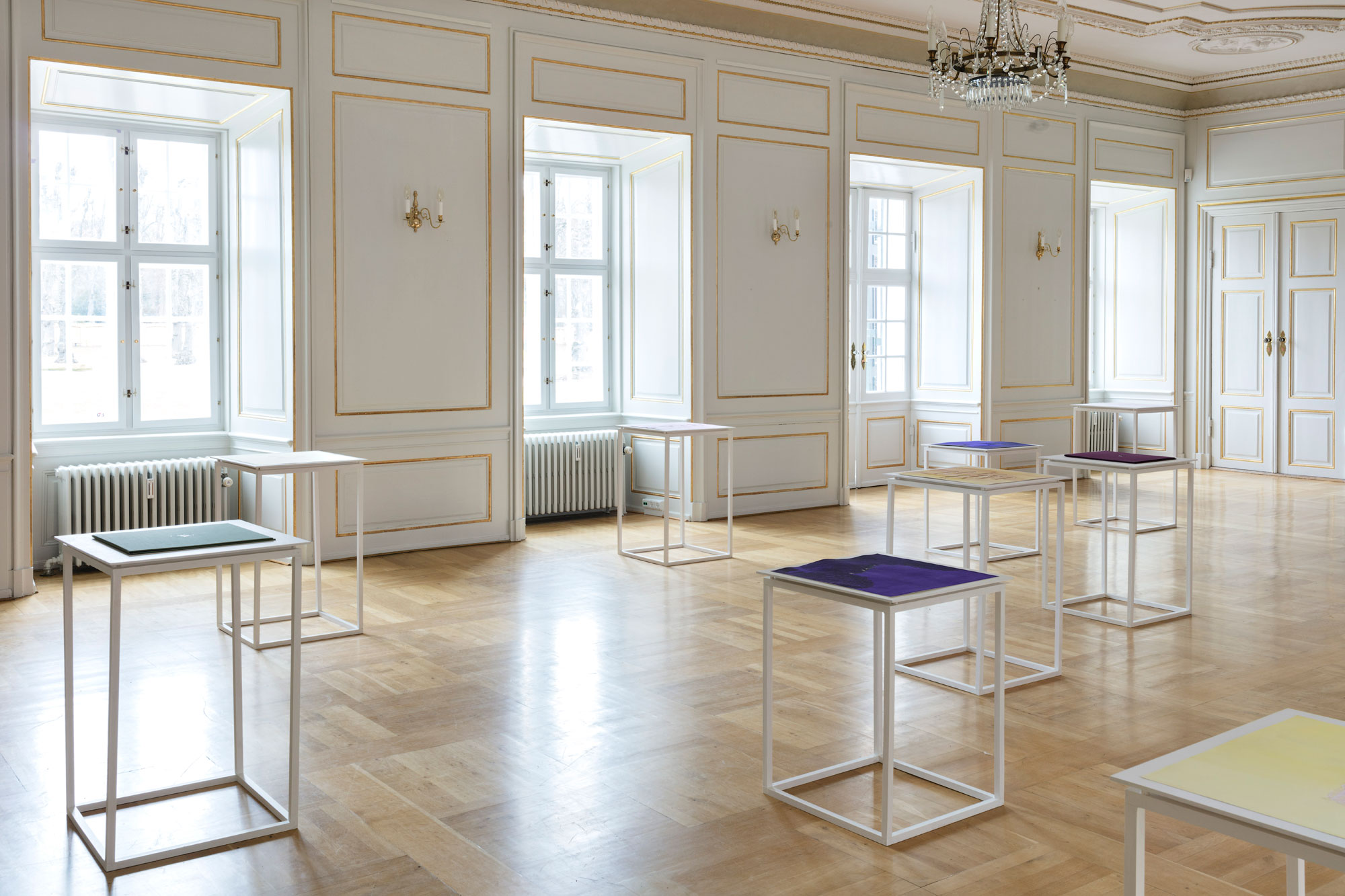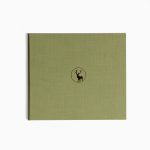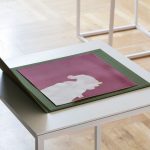‘Havlandskab’, 2020. Part of the solo exhibition ‘GRAFIK BIONIK Havlandskab. Rokke scanner havbunden. Vores landskab forandrer sig’ at Danske Grafikeres Hus (The Association of Danish Printmakers) in Copenhagen: woodcut printing plates and birch. Dimensions: 120 x 120 x 86 cm.
Press Release in English and Danish:
“GRAPHICS BIONICS
Seascape. Ray scanning the seabed. Our landscape is changing”.
The artist Karen Land Hansen explores the seascape as a motif in a series of new works created specifically for the exhibition at Danske Grafikeres Hus.
Bionics is the science of attempting to imitate nature and its functions for the purpose of technical solutions. Precisely marine animals and their technological imitations have inspired most of the works presented at the exhibition where references to nature and references to high-tech systems are found alongside each other. In Karen Land Hansen’s works these aspects merge and form a new whole.
Handwork pervades the exhibition. It is found in carvings in wood, in the paper and in the prints. The manual and simple processes of collage, wood engraving and watercolour form a stark contrast to the high-tech character of the subject. The artist seeks partly to enhance our awareness of using artificial intelligence in nature and partly to strengthen the focus on aesthetics: line, shadow, colour, tactility and material become important elements of the experience of the work. The motifs of the works serve both as concrete references and as more universal forms and metaphors. Working with the material shifts the motifs far away from the specialized topic. This brings about new layers of significance and makes the expression of these works equivocal.
In older paintings the marine landscape shows us the surface of the sea, ships, waves and weather. The works in GRAPHICS BIONICS, however, point to more invisible phenomena related to the ocean and to new technologies in an intersection between present and past: the development of robotics and advanced subsea radar systems. The phenomena are explored in environmental, financial, military and even medical perspectives. Karen Land Hansen is interested in the relationship between human life, nature and technology – and how we as a species exploit and extract, convert and adapt, nature and its resources.
This is a recurrent theme for the artist, and in GRAPHICS BIONICS she develops it further in the new formats of wood engraving and print. She has created works for both wall and floor. Other works are installed as distinctive paper-reliefs in the exhibition rooms.
Karen Land Hansen graduated from The Royal College of Art in London in 2003. She has since been based in Copenhagen, and her work has been featured at numerous exhibitions in Denmark and abroad. She has received several grants, most recently a work grant from The Danish Arts Foundation and a work grant from The Anne Marie Telmanyi-Carl Nielsen Foundation. Land Hansen often works in close connection to a specific location and in various series of works revolving around a particular area of knowledge, a concrete event or place. The works featured here are part of the same project as the Ghostswimmer-series, which was exhibited at Format Artspace last year.
The exhibition is funded by The Danish Art Workshops and L. F. Foght’s Foundation.
Translation by Morten Visby
Pressemeddelelse:
“GRAFIK BIONIK Havlandskab. Rokke scanner havbunden. Vores landskab forandrer sig”.
Kunstner Karen Land Hansen undersøger havlandskabet som motiv i nye værker lavet specifikt til udstilling i Danske Grafikeres Hus.
Bionik betegner den videnskab, der søger at efterligne naturen og dens funktioner til tekniske løsninger. Og det er netop havets dyr og deres teknologiske efterligninger, der er inspirationen i de fleste værker på udstillingen. Her er henvisninger til naturen på den ene side og til højteknologiske systemer på den anden. I værkerne flyder disse sammen til en ny helhed.
Håndens arbejde er allestedsnærværende: i udskæringerne på træplader, i papiret, og i trykkene. De manuelle og enkle processer i collage, træsnit og akvarel står i kontrast til emnets højteknologiske karakter. Kunstneren vil dels skærpe opmærksomheden omkring brugen af kunstig intelligens i naturen og dels styrke fokus på æstetikken: linje, skygge, farve, taktilitet og materiale bliver en vigtig del i oplevelsen af værket. Værkernes motiver fungerer både som konkrete referencer og som mere universelle former og metaforer. Gennem arbejdet med materialet forskyder motiverne sig langt væk fra det specialiserede emne. Derved opstår nye betydningslag og værkerne får et flertydigt udtryk.
I ældre malerier viser havlandskabet os havets overflade, skibe, bølger og vejrlig. Værkerne GRAFIK BIONIK henviser derimod til mere usynlige fænomener, knyttet til havet og til nye teknologier, der befinder sig i et felt mellem nutid og fremtid: Udviklingen af robot-teknologi og avancerede undersøiske radar-systemer. Disse bliver udforsket med forskellige interesser for øje: miljømæssige, økonomiske, militære – og sågar sundhedsfaglige. Karen Land Hansen er optaget af forholdet mellem menneske, natur og teknologi – af hvordan vi mennesker udvinder, omformer og bearbejder naturen og dens ressourcer.
Det er en tilbagevendende tematik hos kunstneren, som hun i GRAFIK BIONIK videreudvikler i nye formater med træsnit og –tryk. Hun har skabt værker til både væg og gulv. Andre værker er installeret som markante papir-relieffer i udstillingsrummene.
Karen Land Hansen er uddannet fra The Royal College of Art i London i 2003. Hun har siden haft base i København og har en lang række udstillinger i ind- og udland bag sig. Hun har modtaget flere legater, senest arbejdslegat fra Statens Kunstfond og legat fra Anne Marie Telmanyi født Carl Nielsens fond. Land Hansen arbejder ofte stedsspecifikt og i forskellige værk-rækker, der tager udgangspunkt i et særligt vidensområde, en konkret begivenhed eller et sted. Værkerne her indgår i samme projekt som serien ’Ghostswimmer’, der blev udstillet på Format Artspace sidste år.
Mange tak til: Statens Værksteder for Kunst og Grosserer L. F. Foghts Fond.
Foto: Anders Sune Berg













